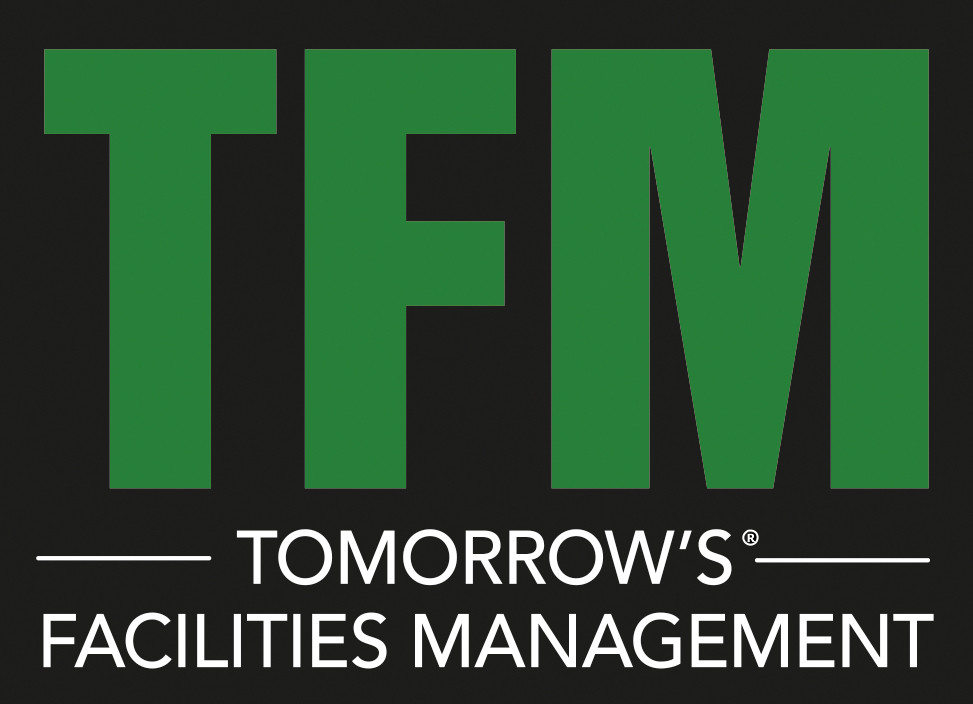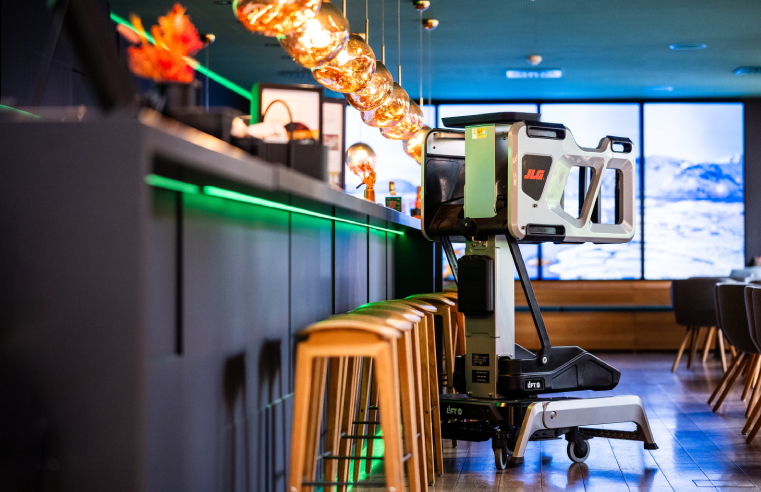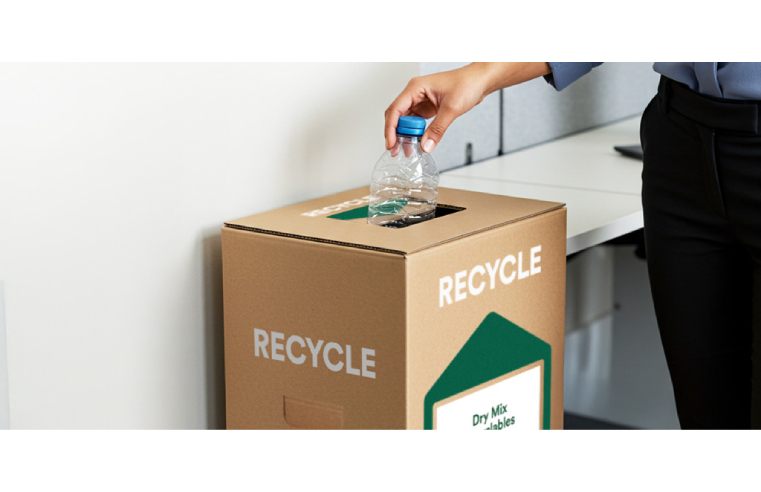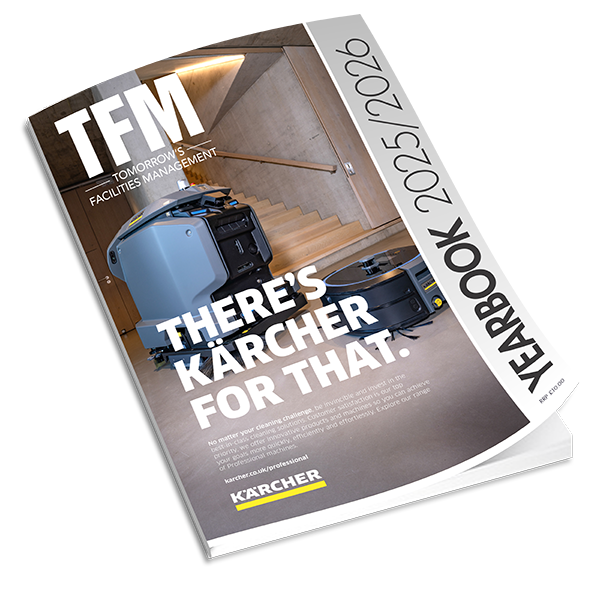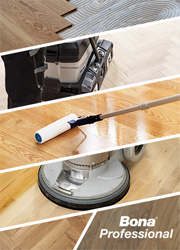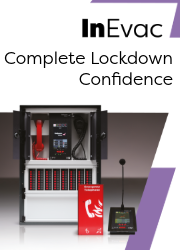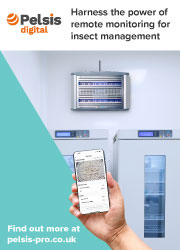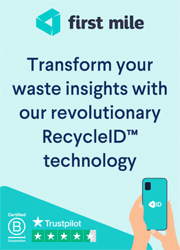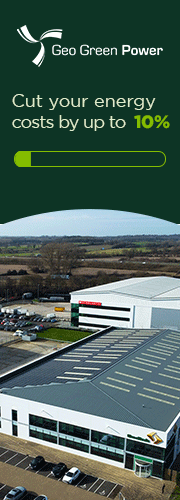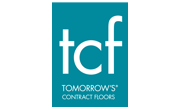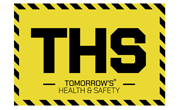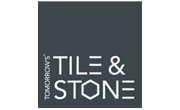Rob Lewis, Managing Director at AVIRE, looks at the evolving smart elevator industry and asks what the benefits are to this new technology.
What is a smart elevator?
In the world today the word ‘smart’ is used frequently and with seemingly little thought. Everything from phones and TV’s through cities and even bottled water are now subject to being tagged with the label smart.
Typically, smart, refers to connected, data-driven, tech that is sensor-based. A collection of smart technology in a certain place gives way to the terms smart homes (residential) and smart buildings (commercial). These developments are on the rise and the benefits to businesses in a commercial setting are growing.
In the case of elevators, ‘smart’ is typically used to describe an elevator that is, at a minimum, providing information about its performance and status to a remote location. However, you could argue that an item (including elevators) are only smart if the extra information it provides confers a useful benefit to the user, greater than any disadvantages that it brings.
How smart is your elevator?
At one end of the spectrum some new elevators come with the use of artificial intelligence and big data analysis with the intention of predicting failures before they even occur. At the other end of the spectrum, most elevators installed today have no remote monitoring (beyond their emergency phone system) with many having no provision for a remote connection of any kind. However, in the rush to embrace a new digital world people often lose sight of the fact that, depending on the application, a simple low-cost elevator with no remote monitoring may be the smartest choice of all.
For most applications an AI/big data predictive maintenance set up brings more cost, complexity and uncertainty than benefits. Instead, for the majority of elevators, a basic knowledge of whether the elevator is running, any fault codes present and key trends on items such as floor stops and door usage is all that is required. This gives the maintenance company or occupier worthwhile benefits in understanding how the building and elevator are being used and elevator status, which in turn improves the efficiency of the on-site maintenance which in turn improves elevator uptime, without breaking the bank or providing spurious complicated diagnoses.
What are the options for retrofitting monitoring?
For an existing install, with no current provision for remote monitoring, there are three main ways of getting information on an elevator’s status: taking discrete I/O from the controller, connecting a device with controller compatible protocol or adding sensors to key locations around the lift installation. These three ways are easy to install and the best solution for a lift system can quickly be ascertained over the phone with a quick consultation. Each has its own unique benefits and weaknesses which we explain briefly below.
Using discrete I/O from the controller is simple and low cost but can be slow to install and requires a controller that has such outputs easily accessible and marked. Using a device that can communicate with the controller through the service port is quick to install but will only work with elevators for which it has the protocol. Using additional sensors is a universal solution and can give more information than the controller knows (e.g. ride quality) but can be time consuming to install and doesn’t give information on specific controller faults.
As a specialist in remotely monitored elevator phone systems, AVIRE is uniquely placed to help our customers achieve whatever style of elevator monitoring they want using our GSM, emergency phone system, Canbus and online Hub as a backbone for the elevator monitoring, limiting cost and complexity. Monitoring increases visibility of the status of devices (many that impact the safety of the elevator), as well as the overall elevator status, and can help to keep lift downtime to a minimum.
Our range of retrofitted monitoring systems are constantly growing and expanding to provide an ever-improving service to our customers as technology develops. Helping clients of varying sizes create strong business cases for upgrade to smart elevators in their building, whatever the budget or system they use.



